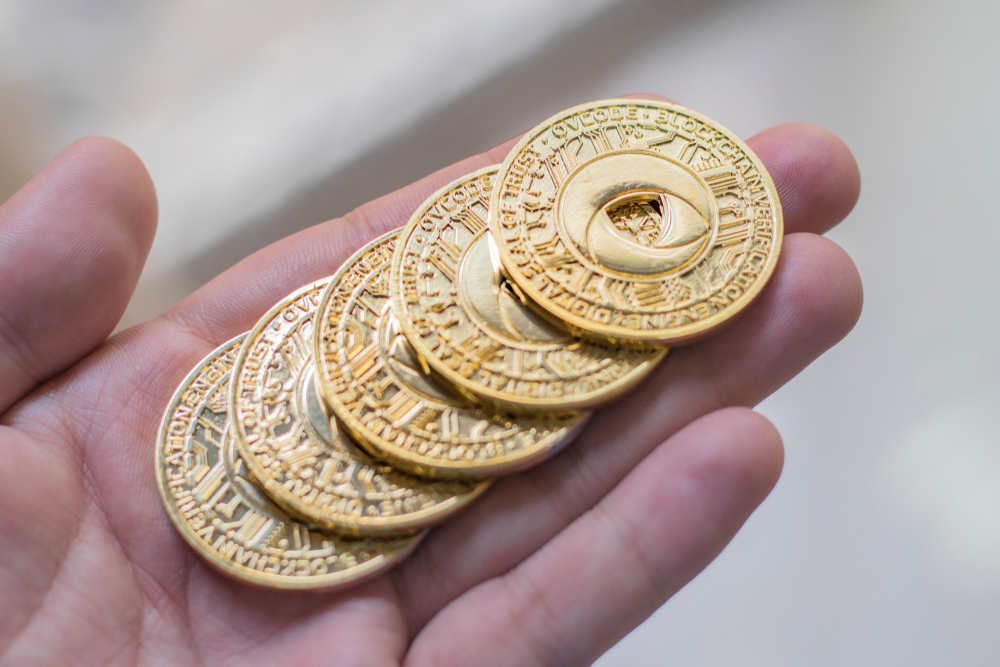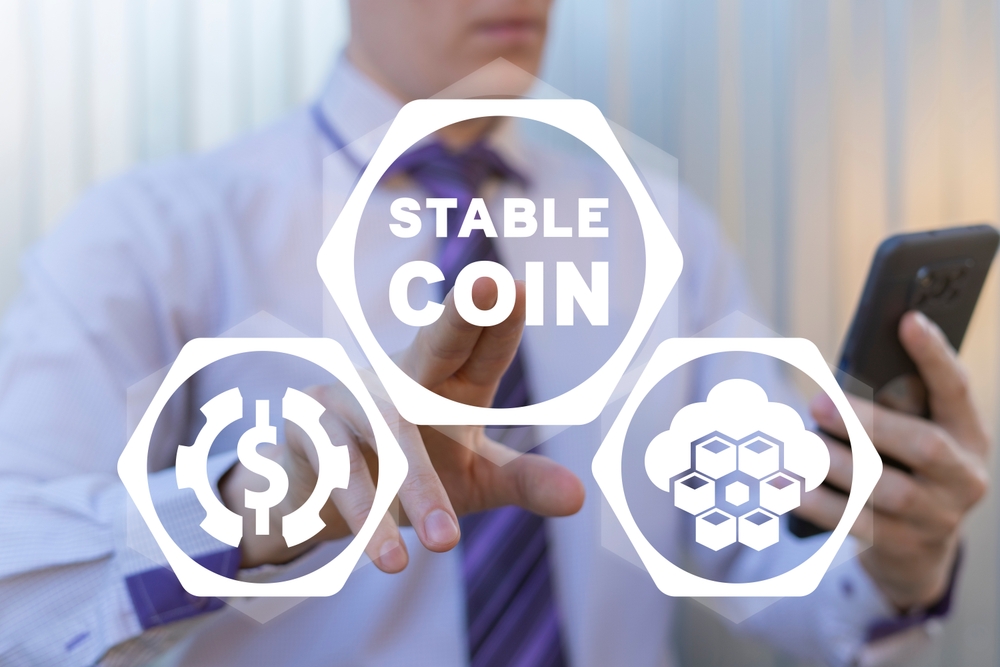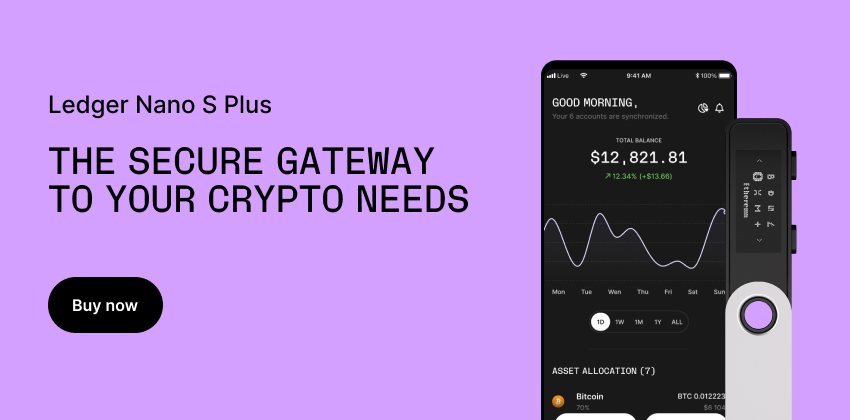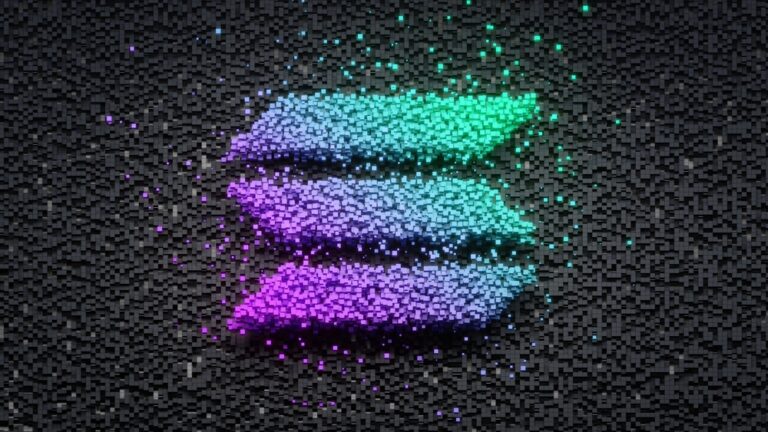Table of Contents
ToggleIntroduction
Cardano’s Hydra layer-2 scaling solution has made waves in the blockchain world. During a recent gaming tournament, Hydra showed its incredible potential by processing an astounding number of transactions. The Cardano networkachieved over 1 million transactions per second (TPS) using Hydra during the Hydra DOOM Tournament.

This breakthrough puts Cardano at the forefront of blockchain scalability. The test involved running the classic game DOOM on the Hydra protocol, with each frame treated as a separate transaction. As more players joined, Hydra’s performance grew, reaching the million TPS milestone.
The achievement marks a significant step forward for Cardano’s ecosystem. It shows Hydra’s ability to handle massive transaction volumes, which could open doors for new applications and use cases on the network.
Key Takeaways
- Cardano’s Hydra scaling solution processed over 1 million transactions per second
- The milestone was achieved during a gaming tournament using the DOOM video game
- This breakthrough demonstrates Cardano’s potential for high-speed, scalable blockchain applications
Understanding Cardano’s Network

Cardano’s network is built on a foundation of scientific research and peer-reviewed processes. It aims to provide a secure, scalable, and sustainable blockchain platform for various applications.
Evolution of Cardano
Cardano launched in 2017 as a third-generation blockchain. Its development follows a roadmap with five stages: Byron, Shelley, Goguen, Basho, and Voltaire. Each stage adds new features and capabilities to the network.
The Byron era introduced the ADA cryptocurrency. Shelley brought decentralization through stake pools. Goguen added smart contract functionality. Basho focuses on scaling and optimization. Voltaire will implement on-chain governance.
Cardano uses a proof-of-stake consensus mechanism called Ouroboros. This system is more energy-efficient than proof-of-work used by some other blockchains.
Cardano’s Infrastructure
Cardano’s infrastructure is designed for flexibility and longevity. It uses a two-layer architecture: the Cardano Settlement Layer (CSL) and the Cardano Computation Layer (CCL).
The CSL handles all transactions on the blockchain. It uses the ADA cryptocurrency for value transfer. The CCL supports smart contracts and decentralized applications.
Cardano’s network is maintained by stake pool operators. These nodes process transactions and produce new blocks. Users can delegate their ADA to stake pools to earn rewards.
The Cardano Foundation oversees the development and promotion of the network. It works with partners to ensure the platform’s growth and adoption.
Exploring Hydra

Hydra is a key layer 2 scaling solution for Cardano. It aims to boost transaction speeds and reduce costs. Hydra’s unique design allows it to process many transactions off-chain.
Hydra’s Role in Scalability
Hydra plays a crucial part in Cardano’s plans to handle more users. It can process up to 1 million transactions per second. This speed is far beyond what most blockchains can do today.
Hydra creates small, fast ledgers called “heads.” These heads work alongside the main Cardano chain. They let users make quick, cheap transactions without clogging the main network.
As more people use Cardano, Hydra helps keep things running smoothly. It stops the network from slowing down when there’s high demand.
Technical Architecture of Hydra
Hydra uses a system of off-chain ledgers. These ledgers connect back to the main Cardano blockchain. This setup allows for fast processing while keeping things secure.
Each Hydra head can handle its own set of transactions. The heads can open and close as needed. This flexibility helps the network adjust to changing demands.
Hydra also uses clever cryptography. It makes sure that transactions are valid without needing to check every single one on the main chain.
The technical director of Cardano and the team have put a lot of thought into Hydra’s design. They aim to make it both powerful and easy to use.
Comparing Hydra to Other Layer 2 Solutions
Hydra stands out from other layer 2 solutions in several ways. Unlike some systems, it doesn’t need a separate token to work. This makes it simpler for users.
Many layer 2 solutions focus only on speed. Hydra aims for both speed and security. It keeps a close link to the main Cardano chain for safety.
Hydra also scales well as more people use it. Some other layer 2 systems slow down with more users. Hydra can add more heads to keep up with demand.
Cardano’s team tested Hydra in fun ways. They ran the game DOOM on it, treating each frame as a transaction. This shows how versatile and powerful Hydra can be.
Scalability and Performance

Cardano’s Hydra solution aims to dramatically increase transaction speeds and network capacity. Recent tests have shown promising results in achieving high throughput.
Achieving 1 Million TPS
Cardano’s Hydra scaling solution recently hit 1 million transactions per second during a test event. This milestone demonstrates Hydra’s potential to vastly improve Cardano’s scalability.
Hydra uses a layer 2 approach, processing transactions off the main chain. This allows for faster speeds without congesting the base layer.
The technology creates multiple “Hydra heads” that can handle transactions in parallel. More heads mean higher total throughput.
Performance Benchmarks
While 1 million TPS is impressive, real-world performance may vary. A recent test processed 134,000 TPS during the Hydra Doom Tournament.
This event served as both a gaming competition and a live demo of Hydra’s capabilities. It showed Hydra can handle significant loads in practice.
Cardano aims to address scalability challenges that often limit blockchain adoption. Hydra’s high speeds and low costs could make Cardano more attractive for real-world applications.
On-chain performance will likely be lower than off-chain Hydra speeds. But the combination aims to provide robust scalability for the Cardano network.
Real-world Applications

Cardano’s Hydra technology aims to enable extremely high transaction throughput. This opens up new possibilities for blockchain applications while also presenting adoption hurdles.
Use Cases for High TPS
Cardano’s potential to handle 1 million transactions per second could revolutionize several industries. Financial services could benefit from near-instant settlements and micro-transactions.
Gaming and entertainment platforms could support massive multiplayer experiences. The Hydra Doom Tournamentdemonstrated this capability, processing over 134,000 transactions per second.
Internet of Things (IoT) networks could leverage high TPS for real-time data processing and device communication. Supply chain management systems could track millions of items simultaneously, enhancing efficiency and transparency.
Adoption Challenges and Considerations
While high TPS offers exciting possibilities, widespread adoption faces hurdles. Technical infrastructure must be robust enough to handle increased loads consistently.
User education is crucial. Many may not understand the benefits of high TPS blockchain solutions. Developers need to create user-friendly interfaces that hide complex blockchain interactions.
Regulatory compliance remains a concern. High-speed transactions could potentially be used for illicit activities, requiring enhanced monitoring systems.
Cost considerations are important. While Cardano aims for efficiency, transaction fees and energy consumption at scale need careful evaluation.
Interoperability with existing systems is vital for real-world integration. Cardano must ensure seamless interaction with traditional financial and data management platforms.
Future Developments and Projections

Cardano and Hydra are set for significant advancements in the coming years. The roadmap outlines ambitious goals to enhance scalability, performance, and user experience.
Roadmap for Cardano and Hydra
The Cardano Foundation has laid out a clear path forward for the network and its Hydra scaling solution. Hydra hit a milestone of 1 million transactions per second during a game test, showcasing its potential.
Next steps include:
- Real-world stress testing of Hydra
- Integration with more dApps and services
- Improvements to user onboarding and interface
The team aims to make Hydra production-ready for mainstream adoption. This involves fine-tuning security measures and optimizing transaction processing.
Cardano’s main chain will also see upgrades. These are designed to work in tandem with Hydra, creating a more robust ecosystem.
Developers are focusing on interoperability features. The goal is to allow seamless interaction between Hydra heads and other blockchain networks.












